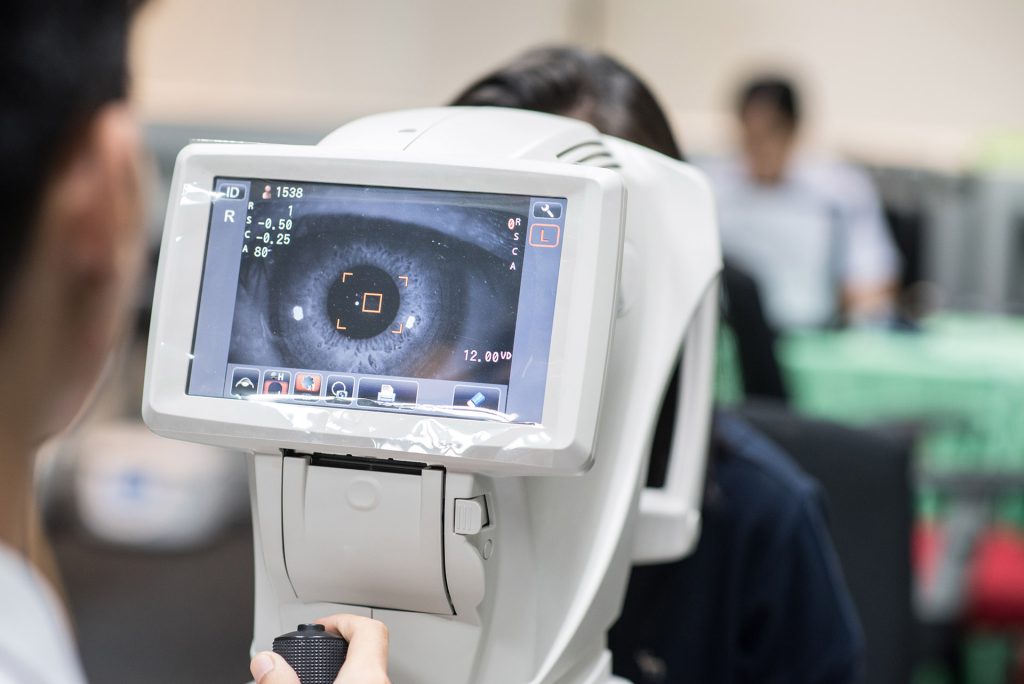Preventing Diabetic Retinopathy

Diabetic retinopathy is the leading cause of blindness among US adults ages 20-74. Yearly retinal screening examinations are a potent tool in the battle to reduce the incidence of blindness from diabetic retinopathy as they provide patients with timely diagnoses and consequently, the potential for timely treatment. However, primary care safety net clinics that provide monitoring and other services for diabetic patients often are ill-equipped to provide specialty care services like retinal screenings. Access to specialists who can provide retinal screenings can be increased through the use of telemedicine, which has shown great promise as a means of screening for diabetic retinopathy . This project aims to: 1) develop novel software that utilizes information from clinical records to detect latent diabetic retinopathy in diabetic patients who have not yet received an annual eye examination; and 2) devise methods to speed up the diabetic retinopathy detection process for patients who have had digital retinal images taken by partially automating the process using image processing and machine learning techniques. Predictive models for automated diabetic retinopathy assessment using a combination of patient risk factor data and data from digital retinal images will be created.
